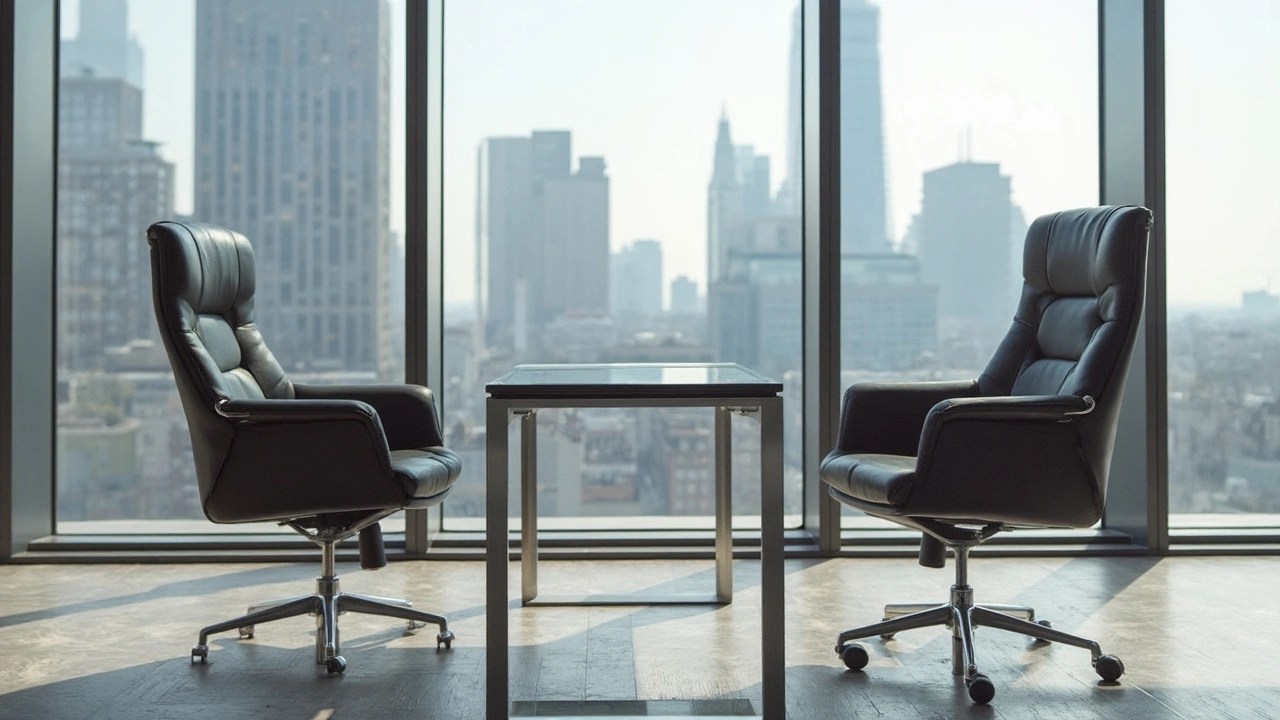Workplace Comfort: Easy Ways to Feel Better at Your Desk
Spending hours at a desk can wear you out if your setup isn’t right. Small changes to your chair, desk and habits can turn a stiff, painful day into a comfortable, productive one. Below are quick, no‑fuss ideas you can apply today.
Pick the Right Seating
Start with a chair that supports your spine. Look for adjustable height, lumbar support and armrests that let your elbows stay close to a 90‑degree angle. If you can, test the chair by sitting for a few minutes – you should feel level, not slouched.
Don’t forget the alternatives. A yoga ball, kneeling chair or an active‑sitting stool can keep your core engaged and break up the monotony of a static seat. The key is to stay upright without locking your joints. Rotate between options if you can; variety prevents fatigue.
For people with ADHD or a need for movement, a chair with slight rocking or a swivel base adds a gentle motion that helps focus. The goal isn’t a fancy gadget; it’s a seat that lets you shift weight without getting dizzy.
Set Up Your Desk for Comfort
Desk height matters. When your forearms rest on the work surface, your elbows should be at about a 90‑degree angle. If the desk is too high, use a footrest; if it’s too low, raise it with risers or consider a sit‑stand desk.
Monitor placement is another quick win. The top of the screen should sit at eye level and be about an arm’s length away. That reduces neck strain and eye fatigue. If you use a laptop, an external keyboard and a stand will give you the same benefit.
Keyboard and mouse should sit close enough that your shoulders stay relaxed. A split‑keyboard or ergonomic mouse can help if you notice wrist pain. Remember to keep wrists straight, not bent upward or downward.
Take micro‑breaks. Stand, stretch, or walk for a minute every 30 minutes. Even a short walk to the kitchen or a shoulder roll can reset circulation and improve focus. Set a gentle timer if you need a reminder.
Lighting plays a hidden role. Position your screen to avoid glare from windows or overhead lights. A desk lamp with a warm, diffused glow eases eye strain, especially in the evenings.
Finally, declutter. A clean work surface reduces the need to reach over piles, which can cause awkward postures. Use drawer organizers or a small shelf to keep only the tools you use daily within arm’s reach.
Putting these pieces together doesn’t require a full renovation. Swap out your chair cushions, adjust the monitor height, and add a footrest – you’ll notice less tension in just a few days. Keep a quick checklist on your desk: Chair height, lumbar support, monitor level, keyboard distance, break timer. Tick it off each morning and you’ll build a habit of comfort that pays off in better mood, fewer aches and more getting‑things‑done.
Office Chair Dilemma: To Arm or Not to Arm?
Choosing the right office chair can make a big difference in your daily comfort and posture. Some people swear by chairs with arms for added support, while others find armless designs offer more flexibility and mobility. This article explores the pros and cons of each option, examining factors like style, budget, and ergonomics to determine what's best for your workspace.
More
